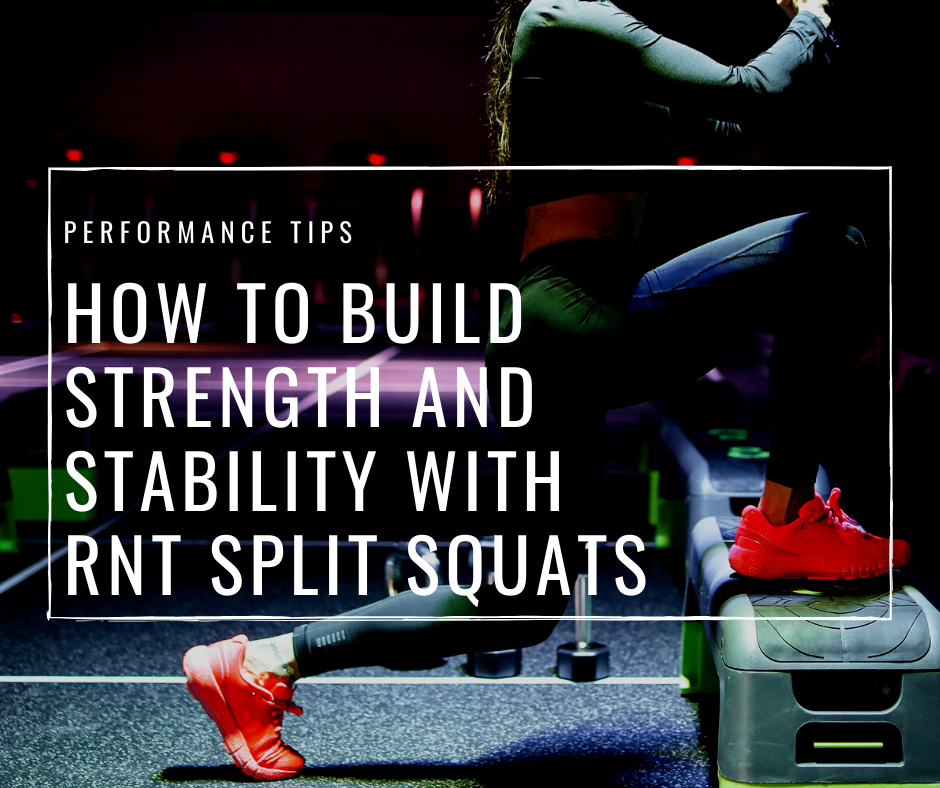4 Key Training Lessons From 2017
Looking back over the previous year, I was struck by some simple lessons that cropped up again and again in my blog posts, videos, and training sessions with clients. None of these points are revolutionary, but I saw so many instances where these principles made all the difference to someone's training that I thought it'd be useful to shine a spotlight on them by compiling a short list.
1. Feeling the right muscles working is crucial
It's not enough for the movement to look right. You - the lifter - need to feel the right muscles working and know how to develop tension in the correct areas. This brain-to-muscle connection is key for taking your lifting to the next level.
I remember a conversation with one of the best bench pressers in Canada. He said at every big stage of improvement, he learned how to engage his muscles harder. He said "I thought I was getting tight during my set-up before, but then I realised I could get tighter." This process continually repeated itself as he gained more and more control.
Often times, the world of body-building, which aims to isolate muscles, and the world of functional training, the world of full body movements, are seen to be at odds. Beefcakes vs. Athletes. Form vs. Function. But each end of the spectrum brings something valuable when applied in the right situation.
If you're working on a weak muscle group, you need to feel fatigue in that muscle. Otherwise, you're not training it effectively. Period.
You can do all the 'glute' exercises in the world, but if your quads are getting tired before your glutes, chances are it's not as effective as it could be. I talked about that at length in my free glute series, the GLUTE REBOOT.
Sometimes certain muscles become underdeveloped and are the weak link in your chain. You first need to build control over the muscle (i.e. develop the brain-to-muscle connection), then you need to target it with good training, before you can effectively integrate it back into complex movements.
Even in full body movements like sprinting, squatting, etc., the better you get, the more aware you should become over which muscles are doing what job at any moment in the exercise. This isn't intuitive or natural for most people. As coaches, I think we should be teaching this to our clients as soon as possible with effective drills so they can 'feel' the right things happening in their body.
If you're doing any exercise and you're not sure where you should be feeling it or what you ought to be focusing on, ask someone you trust. In fact, feel free to email me!
2. Every exercise is a core exercise
Whether you're doing a biceps curl or a deadlift, part of your job as a lifter is to maintain effective posture. Some exercises place a higher demand on your postural muscles (i.e. they'll be working much harder in a deadlift than in a curl), but there is an element of core control in everything we do. Consciously emphasising this and ensuring good bracing and control, whether in light warm-up reps or max effort sets, helps you become a better, more robust lifter.
3. Treat every rep the same
Building on the last point, treat every rep the same. Set-up the same. Respect the weight and keep your position as perfect as possible. Rehearsing sloppy form on warm-up sets leads to a decay in technique at heavier sets. Don't allow this slop to get a foot hold!
See every rep as an opportunity to practice and improve.
In this vein, I typically like to have one or two points of emphasis in each workout that I keep focus on. This keeps it simple (vs. thinking about ten things at once), but still directions my attention to something I can improve every rep.
I still find myself forgetting this. I have a 10-15min warm-up routine that I do prior to any lower body training. It's an opportunity to check-in with my body, see what needs attention, and to generally loosen up and prep my muscles and movement patterns. Most of the time I'm disciplined about doing each drill with purpose. Occasionally I catch myself zipping through it too quickly and mindlessly.
But when I do this, my warm-up is less effective and so is my workout. Saving a few seconds of time isn't worth it, even in a warm-up. Focus on what you're doing and why. Everything should have a purpose.
4. Simple Works
Focusing on the basics is one of the mottos of my website. The more I coach and the more I train, the more this axiom is confirmed. Whether it's nutrition or exercise, most of mistakes come when we try to work again the basics or find a short-cut. Be patient. Keep it simple. Master the basics before working on the advanced stuff.














